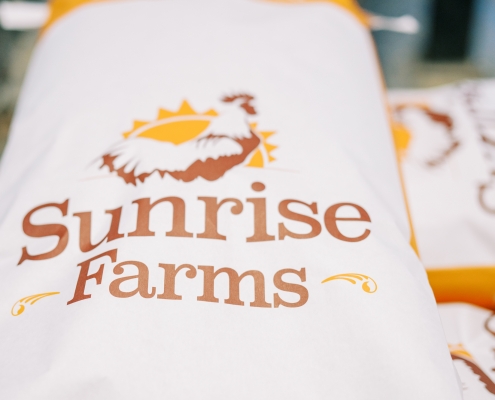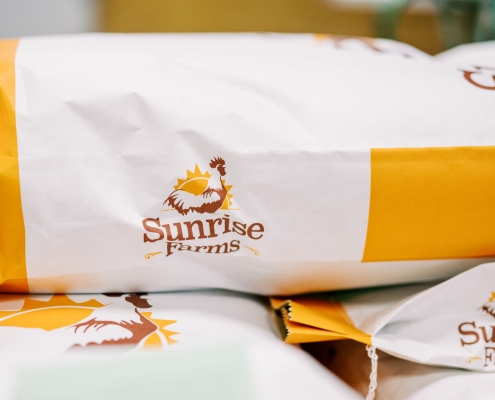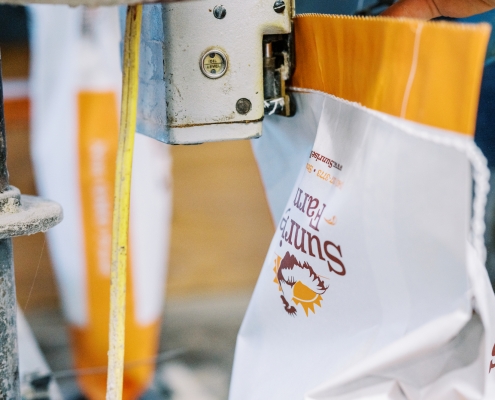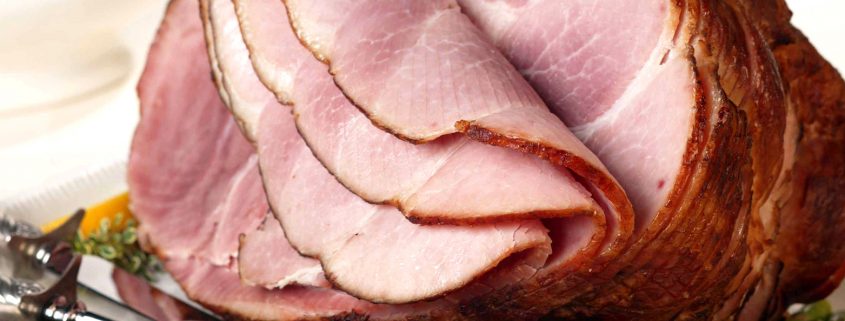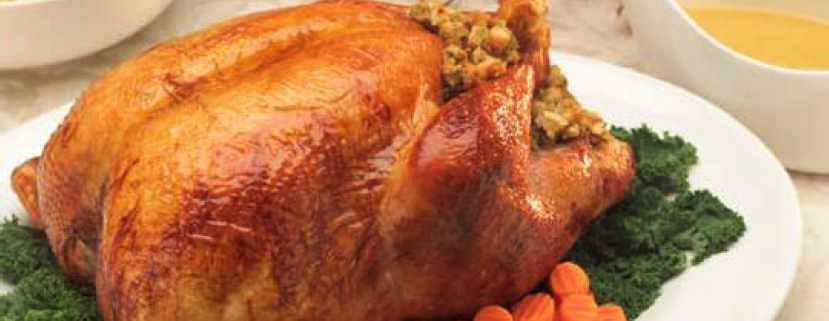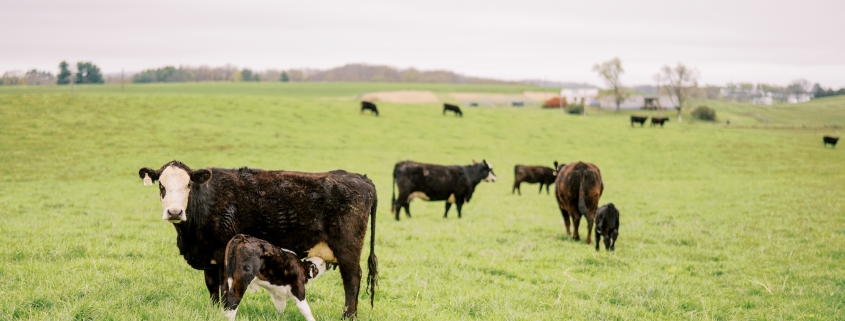Our Animal Feed Guide For Raising Healthy Animals.
Keeping up with changes in the animal feed market can be challenging. You might be wondering if you should choose organic, soy-free, Non-GMO or just avoid feed altogether and focus on high-quality pasture. Depending on your goals, you may focus on any one of these options. Here’s how we handle it on our farm with some guidance for making the right decision for your animals:
- Non-GMO Verified Feed: Choosing feed that the Non-GMO Project has verified is a great way to ensure you’re giving your animals high-quality, all-natural feed. The Non-GMO Project verifies food products by running them through rigorous testing to ensure they do not include bioengineered ingredients. Many GMO products are designed to withstand heavy pesticide use, which has been anecdotally shown to affect animal health and have a negative impact on the environment.
- Soy-Based or Soy-Free Feed: Soy is a relatively inexpensive protein included in many animal feed products. While current studies show it is an economical and safe option for all animals, some farmers find in certain cases that their livestock don’t do as well on a soy-based diet. We mill both types for customers looking for a budget-friendly, soy-based, non-GMO feed and a high-quality soy-free alternative.
- Quality Grains: We source our grains from farms dedicated to growing high-quality grasses, corn, alfalfa, etc. We then mill the feed to the right consistency for the specific animal. We find this makes a significant difference in the health and happiness of our animals.
- Antibiotics & Hormones: Many manufacturers add antibiotics and hormones to animal feed to promote quicker growth and minimize morbidity. Respiratory disease is the number one cause of death for livestock and is often caused by stressful living conditions due to congested spaces and poor nutrition. While antibiotics and hormones can help in those stressful conditions, plenty of space and good nutrition can go a long way in growing healthy animals so that they shouldn’t need preventative antibiotics. That’s why we leave both antibiotics and hormones out of all our feed.
Visit Us For All-Natural Feed & Pastured Meats.
We invite you to visit our farm and see our animals enjoying our all-natural, soy-based Non-GMO animal feed. Pick up a bag for your animals and stop by our storefront for some pastured chicken, grass-finished beef and Dorper lamb and Berkshire hog cross. Not in the area? Visit one of our dealers located throughout the southeast to get your bag. We are confident your livestock will do well on our Non-GMO animal feed.
Free-Range Thanksgiving With All The Fixins!
Family And Friends Delight In A Free-Range Thanksgiving Turkey!
We at Sunrise Farms embrace family through wonderful gatherings and delicious food. One of our fondest holiday memories is Grandma Yoder’s holiday turkey. Our mother continues to cook free-range, home-grown turkeys for our family, just like her mother did before her. When Grandma cooked turkey, Grandpa would always carve it. Any leftovers were used for delicious turkey sandwiches. We hope you’ll enjoy this recipe in your family as much as we have in ours. Sunrise Farms grows fresh, all-natural turkey for Thanksgiving. Try out Grandma Yoder’s recipe for a treasured feast.
Baking the Turkey
Prepare an 18-22 pound turkey for roasting by taking out the giblets, rubbing the entire outside with salt and sprinkling one or two teaspoons of salt inside the turkey’s cavity. Put giblets in a kettle, cover with water, add salt & pepper and cook for one hour or until done. Giblets and broth from the baked turkey will be used to make delicious gravy! If you would like to stuff your turkey, see the stuffing recipe below.
Alternately, place turkey in a baking bag, following the accompanying directions. Instead of placing turkey on its back for baking, place it on its breast. Although you will not have a “picture perfect” turkey for the table centerpiece, the baking bag will produce a moist, white meat that is very delectable. Bake the turkey at 325 degrees for approximately 4 hours.
Use a meat thermometer to be sure the inside of the turkey reaches 165 degrees. Carve the turkey by cutting it into serving-sized pieces, then place on a meat platter and separate dark meat from white.
Old Fashioned Bread Stuffing
Melt 1 to 1 1/2 cups of butter in a small saucepan. Add 4 sticks of celery and 1 large onion (3″ diameter), both chopped very fine. Allow it to simmer on the stove while you toast and cube one whole loaf of white bread.
Add approximately 4 cups of chicken broth, butter, celery and onions to the bread cubes. Add salt and pepper according to taste. Other seasonings, such as poultry seasoning, sage, or thyme, are optional. Stuff turkey with mixture, place in a baking bag and bake turkey for approximately 5 hours at 325 degrees. Alternately, you can put bread stuffing in a 9 x 13 baking dish and bake, uncovered, at 350 degrees for 30 minutes or until the top is brown. If you would like to bake the turkey and the bread stuffing together in the same oven, increase the baking time for the stuffing to make up for the lower baking temperature for the turkey.
Free-Range Turkey Gravy
Dip out the broth from the baked turkey and the stock from the giblets. Put the broth and stock in a kettle and bring to a boil. Add more salt if you desire or add water if the broth is too salty. Then add to the boiling broth a thickening of flour and milk (or water and tapioca starch) using a gravy shaker or wire whisk to mix the flour and milk. You may also add the chopped giblets to the gravy, if you prefer.
Whole All-Natural Beef
In addition to selling our beef in our store, we take orders for whole beef. We attempt to sell an entire beef. If you are purchasing a half or quarter of beef, you should find others to take the other half or quarter, or we may ask you to wait until we have sufficient orders to process the rest of the beef.

